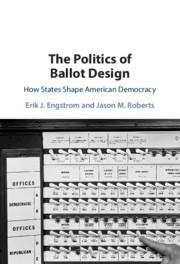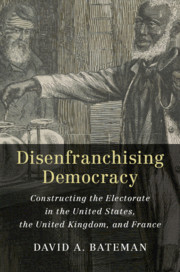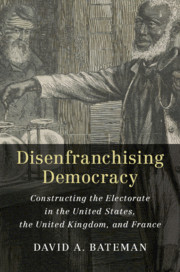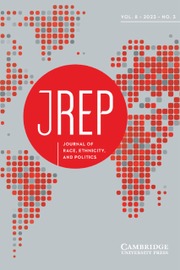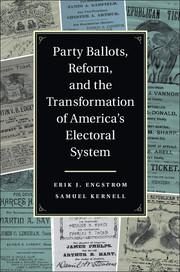The Politics of Ballot Design
US federalism grants state legislators the authority to design many aspects of election administration, including ballot features that mediate how citizens understand and engage with the choices available to them when casting their votes. Seemingly innocuous features in the physical design of ballots, such as the option to cast a straight ticket with a single checkmark, can have significant aggregate effects. Drawing on theoretical insights from behavioral economics and extensive data on state ballot laws from 1888 to the present, as well as in-depth case studies, this book shows how strategic politicians use ballot design to influence voting and elections, drawing comparisons across different periods in American history with varying levels of partisanship and contention. Engstrom and Roberts demonstrate the sweeping impact of ballot design on voting, elections, and democratic representation.
- Develops a theory of how changes to ballot design affect voter choices and election outcomes
- Combines macro-level data on all states with detailed case studies of several states across time
- Demonstrates parallels between today's political environment and that of late nineteenth century America
- Offers prescriptive solutions to increase the efficiency of the voting process in the United States
Reviews & endorsements
‘Erik Engstrom and Jason Roberts have written the definitive modern study of the politics of ballot design in the United States. Ballot design laws are intensely fought over in state legislatures, and they have consequences for election outcomes. This book deftly combines historical and modern statistical analysis that will be of great interest to both the academic researchers, students of election science, election administrators, and those who influence the laws by which we mark our ballots.’ Charles Stewart III, Massachusetts Institute of Technology
‘Engstrom and Roberts vividly demonstrate how the design of voting ballots shapes both turnout and voter choice. Particularly compelling are two major contributions: the application of ‘nudge’ to the understanding of voters’ decisions, and how political circumstances lead politicians to redesign ballots to achieve new political goals.’ John Aldrich, Duke University
Product details
December 2020Hardback
9781108842808
180 pages
235 × 160 × 10 mm
0.39kg
Available
Table of Contents
- 1. Introduction
- 2. How the ballot 'Nudges' voters
- 3. Ballot architecture in the progressive era
- 4. The personal vote era, 1940–2000
- 5. Ballot architecture in the contemporary partisan era
- 6. Reconsidering the American ballot
- Bibliography
- Index.

